Plants have external parts that help them grow, survive and reproduce. These parts include the stem, leaves, flower, fruits and roots. Many plant parts are eaten by people.
To better understand how external plant parts work…
LET’S BREAK IT DOWN!
The stem is an external plant part.
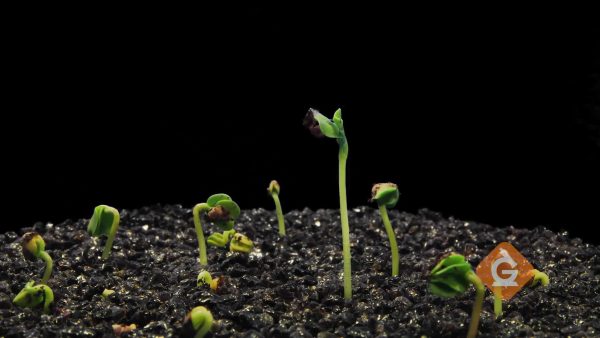
The stem is strong and helps hold the plant up. It also lets water and nutrients flow up to the leaves. Some examples of stems we eat are celery, asparagus, and sugar cane.

Leaves are an external plant part.
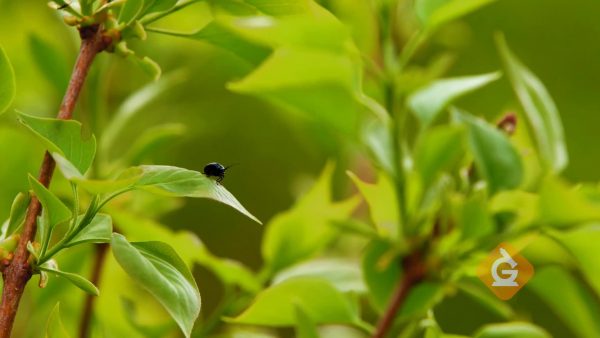
Leaves collect sunlight and make food for the plant. Leaves come in many different shapes and sizes, but most leaves are flat and green. Some examples of leaves we eat are mint and spinach.

Flowers are an external plant part.
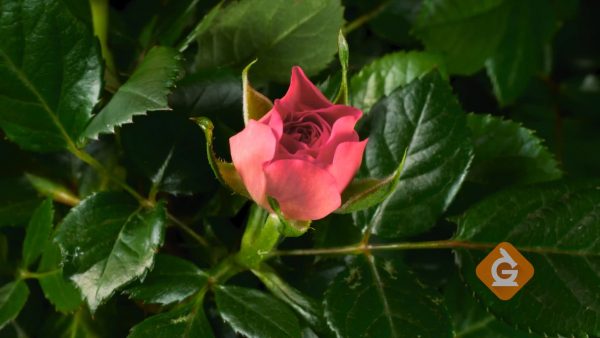
Flowers are the parts of plants that make seeds and fruits. Some examples of flowers we eat are lavender and roses. Flowers are colorful so they can attract animals like hummingbirds and bees.

Fruits are an external plant part.
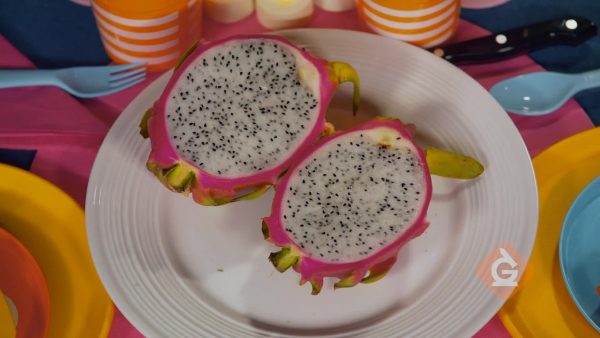
Fruits are the part of plants that protect seeds and helps the seed get moved from place to place by an animal. Animals like to eat fruit because most of them taste sweet.

Roots are an external plant part.
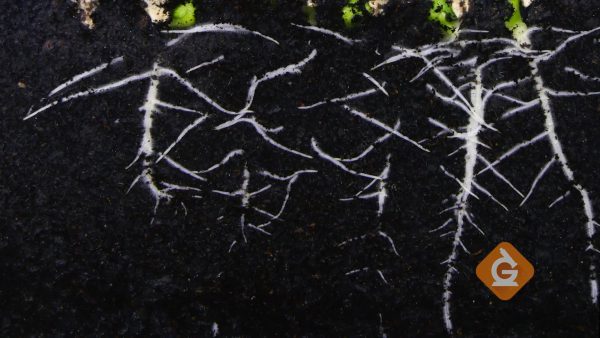
Roots absorb water and minerals from the soil and hold the plant in the ground so it does not fall over. Some examples of roots we eat are potatoes, carrots and beets.

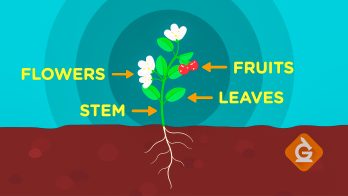
































































































































 Select a Google Form
Select a Google Form









